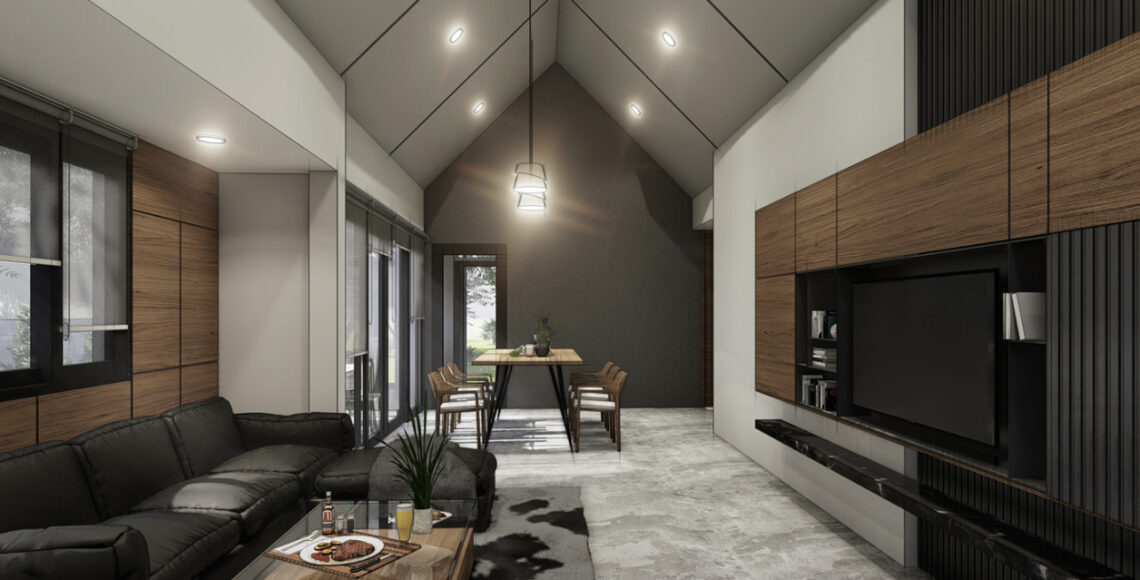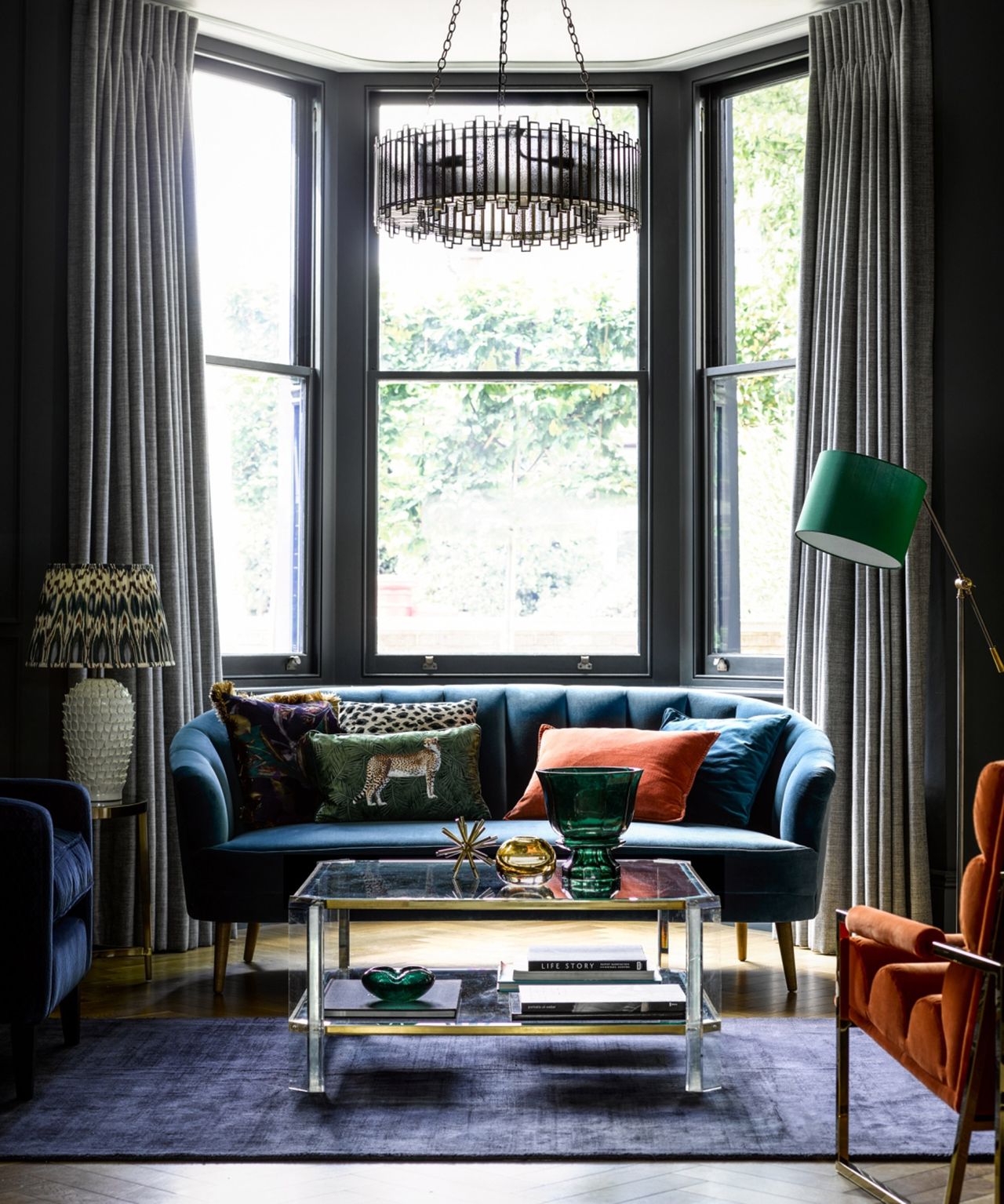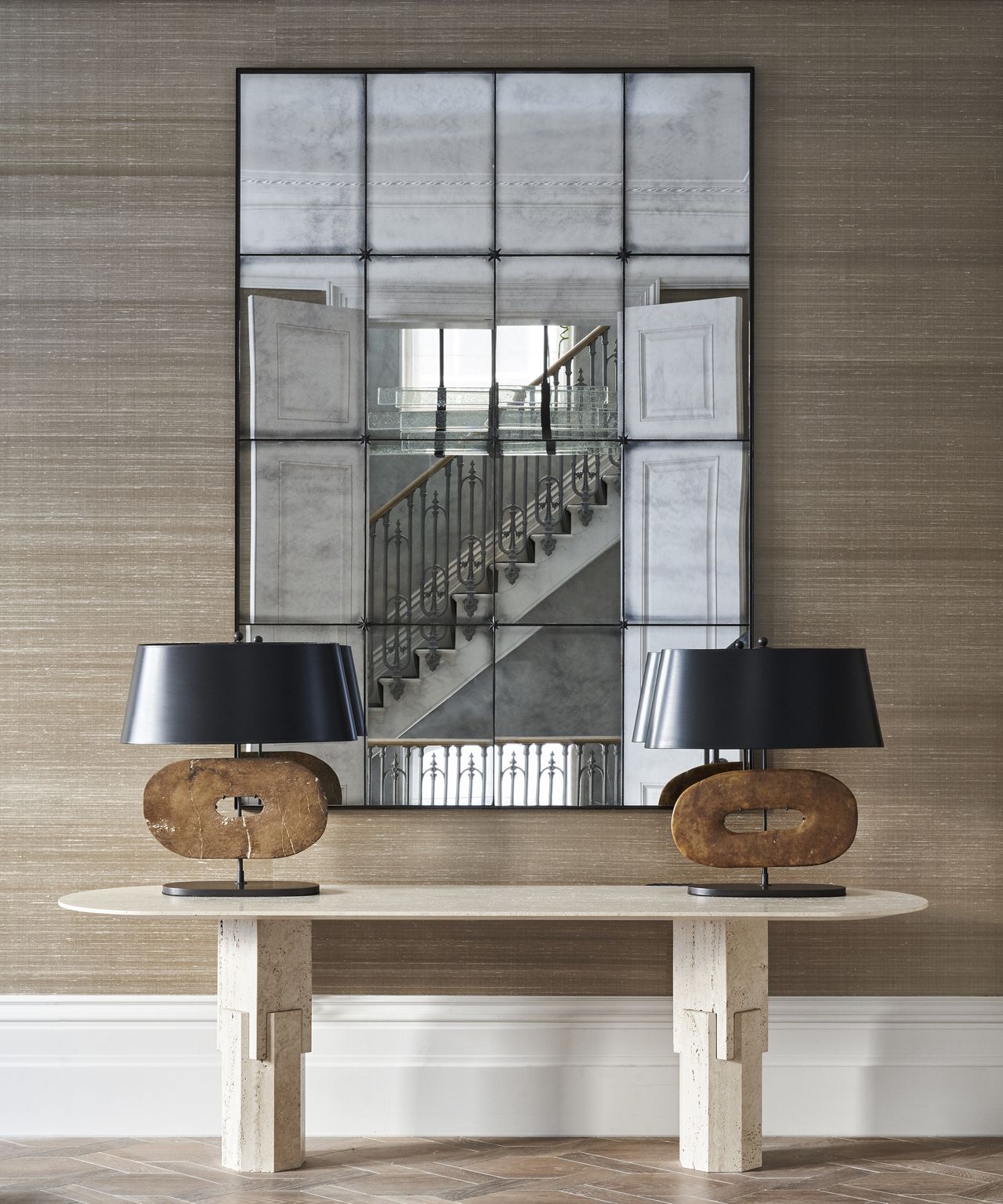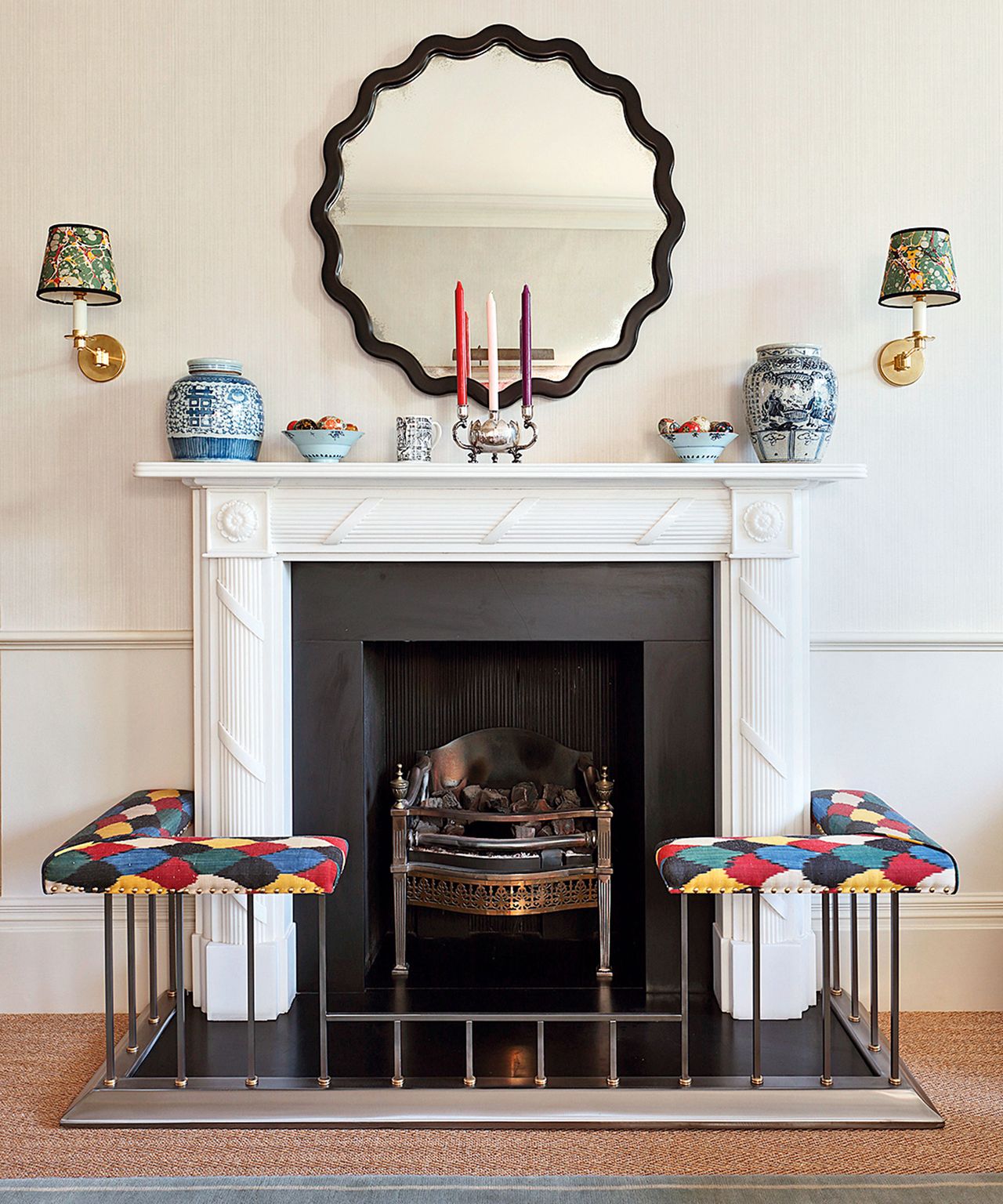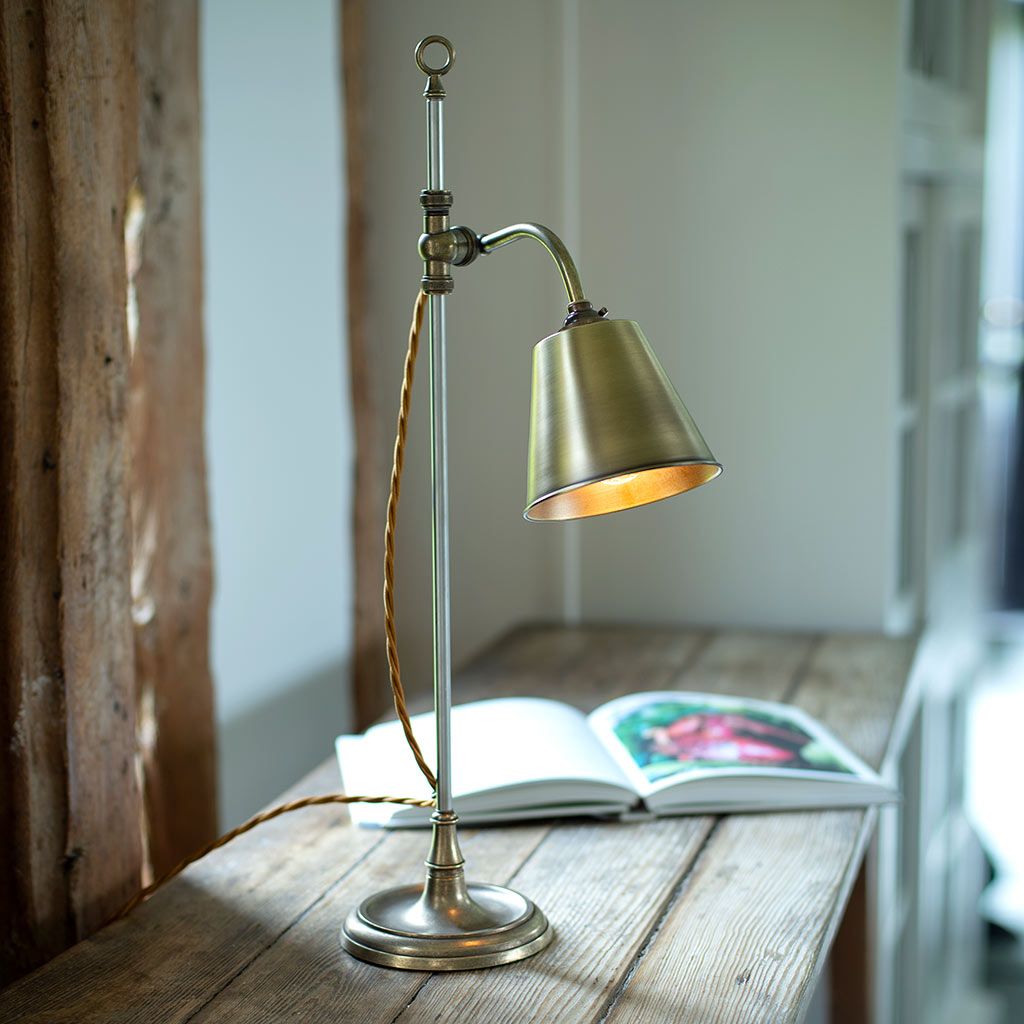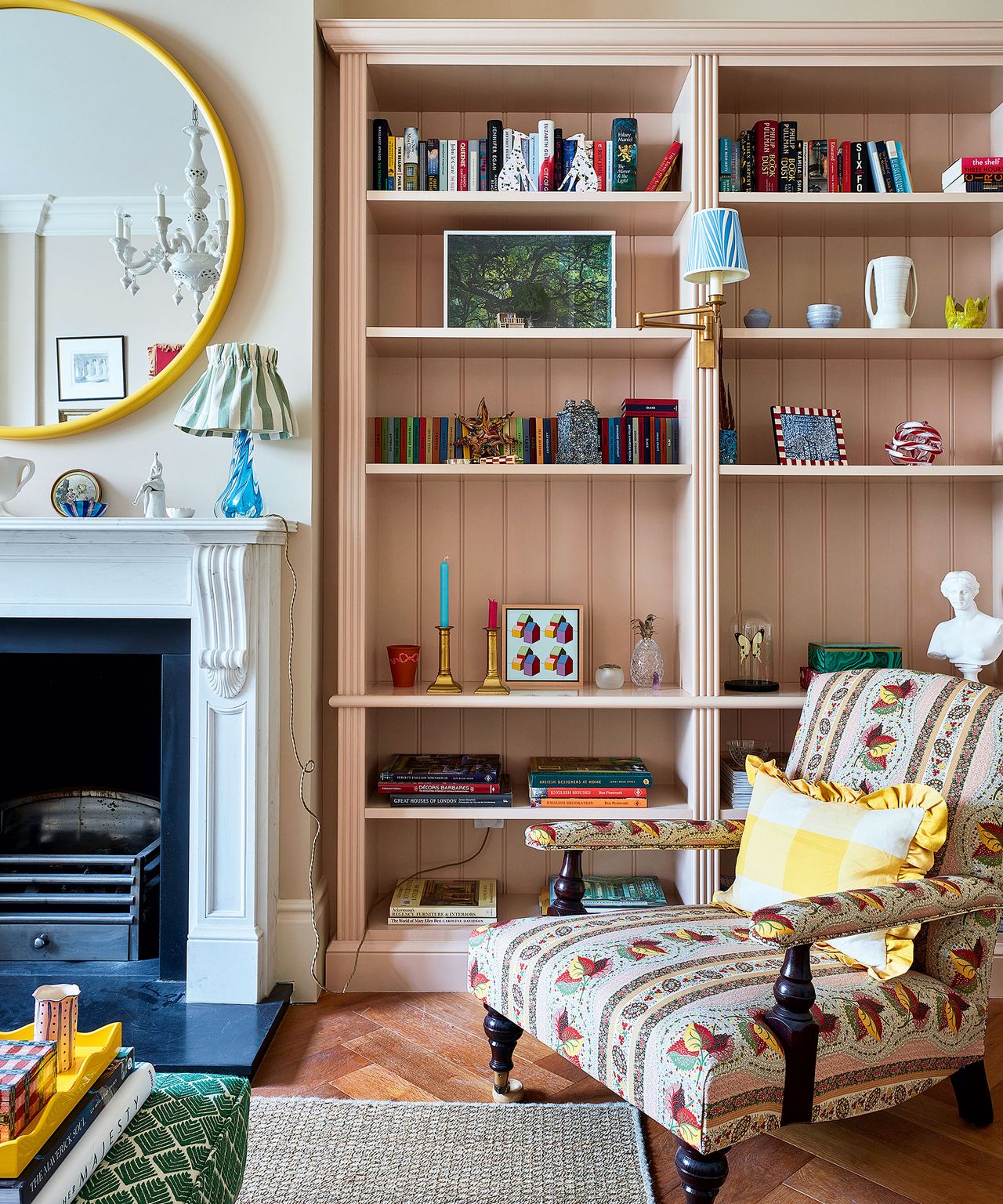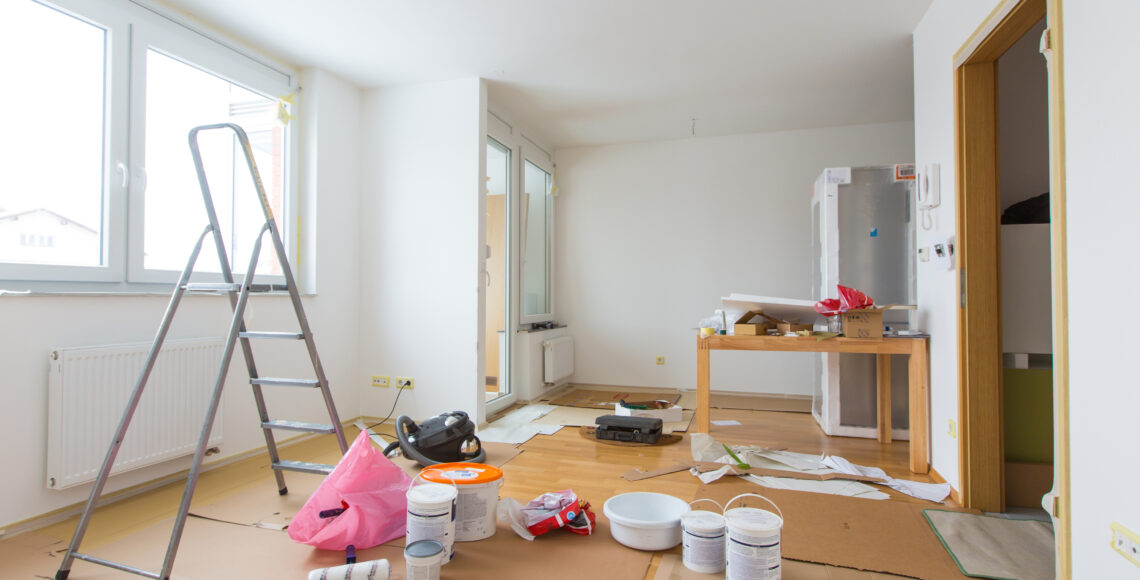A day in the life of an Interior Decorator
What does a day in the life of an interior decorator look like? QC Design School graduate and tutor, Tammy Hart, I.D.D.P, CAPS is here to tell you!
What Does an Interior Decorator Actually Do?
Before Tammy delves into what interior decorators typically do on a daily basis, it’s worth taking a step back and having a broader look at the job description as a whole.
In a nutshell, as an interior decorator, your job will revolve around making a space look and feel its best, all while remaining functional. If you’re interested in pursuing a career in this design field, these are the types of tasks you’ll be responsible for:
- Conduct client consultations and follow-up appointments
- Determine the scope of each client’s project
- Develop a design plan (which typically includes floor plans, color palettes and selections, furniture placement, accessories, decor, etc.)
- Write airtight contracts to be used with clients, suppliers, vendors, etc.
- Help your client determine their budget – and then help them to stay within it
- Collaborate with and work alongside contractors, suppliers, and other industry experts
- Shop for furniture, accessories, window treatments, decor, paints, wallpapers, etc.
- Develop a timeline for each project and ensure that timeline is followed over the duration of the project
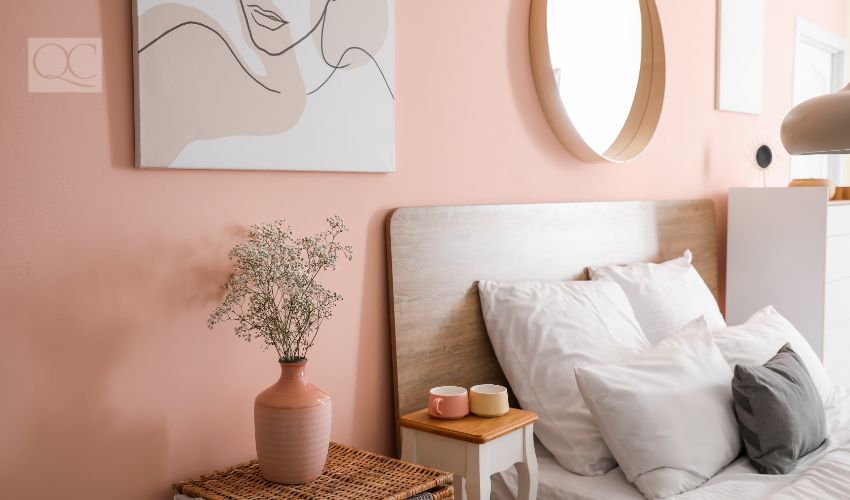
What Does an Interior Decorator Do on a Typical Day?
Now, let’s take a closer look at what a day in the life of an interior decorator looks like… Here’s what Tammy Hart has to say:
Since following my passion for design and decorating, a day hasn’t gone by where, by the end of the day, I don’t ask: “Where the heck did my day go?”
Of course, I say this with both surprise and a smile on my face. After all, as the saying goes, “Time flies when you’re having fun!”
If you’re thinking of launching a career in the design and decorating industry, let me share with you what my typical day looks like for me. Needless to say, it’s jam-packed and busy. But rest assured, it’s always extremely creative and fun, too!
Breaking Down My Day as an Interior Decorator
6:30am
This is usually the time when I start my day. I normally begin in bed; reading and responding to emails that have come in since I last checked, the evening before. At this time, I’m also creating and posting social media posts for Twitter, Facebook and Instagram.
8:00am
Because I offer design services, I’m typically out the door by this time – of course, with Tim Horton’s coffee in-hand! From there, I commute to sites that have construction happening (i.e. bathroom/kitchen/basement renovations).
Once I arrive, the first thing I do is check in with my foreman for an update. Together, we discuss what’s going well. We also identify where we might anticipate problems, so we can proactively work to avoid them. I double-check to make sure that all my finishings (e.g. tiles, paint colors, baseboards, and moldings) are accurate and being installed as specified.
If the homeowners are there, I’ll also do a quick check-in with them and provide an update. Regardless, my homeowners are getting a written update (via email) from me, in order to bring them up-to-speed on the progress. After all, communication is KEY with clients!
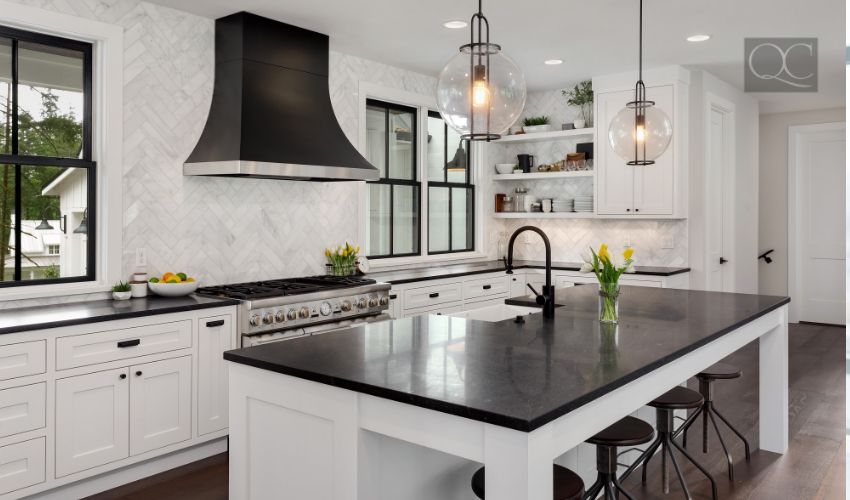
10:50am
Next, I arrive at my new client’s home to discuss my favorite topic: color! We spend an hour together discussing their needs, where they want to paint, their personal style, their home’s style, and their likes/dislikes.
It’s worth noting that I don’t limit my color consultation to just paint alone. Rather, we will chat about all the different wall treatment options. Through this discussion, I can also find out if they’re considering future renovations.
By this point, I’m crazy excited to get back to my studio and get to work!
12:00pm
Importantly, this is the timeframe I block off for my lunch break. Taking a break is SO important, so make sure you give yourself one during the day!
The reason for this is simple: being an interior decorator involves working in a creative environment that requires a lot of forethought, planning, and problem solving. As such, it’s important to block off time to recharge your brain cells. By doing this, I find that I don’t end up with a mental creative block nearly as often.
Even a 15-minute break here and then will do wonders, trust me!
1:00pm
By now, I’m back in my studio and creating my priority list. These priority lists really help me to focus on which tasks need to be dealt with sooner, rather than later. Moreover, it keeps me from getting off-track or prioritizing the wrong things.
1:15pm
At this point, I’m working on creating a color palette for my 11:00am clients.
These clients want a casual atmosphere. They love neutrals, but definitely want pops of color. Also, they love texture. So, I’m going to want to incorporate that as well.
With all this in mind, I’m flipping through wallpaper samples from my suppliers and shuffling through my Benjamin Moore paint decks. I also want to give them an extra bonus of textiles for their rooms, in order to create a tactile and visual board for them.
From here, I call them to schedule our next meeting.
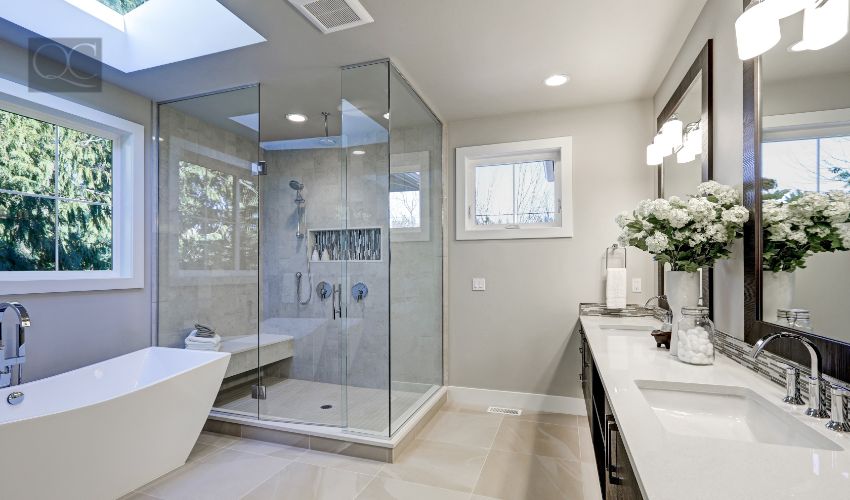
3:00pm
Today, my reno clients have changed their mind on the tiles and are instead choosing my number one pick (YAY!). But now, I need to see if I can work with my supplier to accept the tiles back.
Luckily, we have a great relationship, so this isn’t a problem. He’s my tile guy!
That said, I also need to get the new tiles ASAP. Otherwise, my project will fall behind. Thankfully, he’s my hero and can make it happen. Crisis averted!
4:00pm
Typically around this time of the day, I’m booking new client meetings (a.k.a., the initial client consultations). During this time, I’m also hunting for new suppliers and trades.
I like to make sure I have many trades and suppliers that meet my expectations in my back pocket. As a result, this allows me the flexibility to have multiple jobs happening at a time, as well as access a wide range of products.
Furthermore, I also spend time looking at what’s happening in the decorating and design world, in terms of online trends, speaking to suppliers, and gaining their invaluable knowledge and insight.
5:00pm
I do a final check-in for the day with my site foremen. This way, I can know that they’re off site and get provided with a progress report on the day’s work.
7:00pm
I hold a client meeting to discuss modifications to their home and present them with my design. After a lengthy discussion and a few minor edits, we’re ready for our project to begin!
Tomorrow, I’ll start sourcing my contractors, taking them to the site for bids (quotes), and sourcing supplies and finishings. Remember: some days, you’ll have multiple client meetings in the evening, since most people work during the day.
8:30pm
I read the last of my day’s emails, check out my social media pages, and then shut my phone down for the night so I can spend some well-deserved time with my family.
As you can see, it’s been a long day. As an interior decorator, some days are shorter, while others are longer. Either way, you can definitely see how the time flies by. What’s more – you see how the process can be incredibly rewarding, as well as how every day can be different!
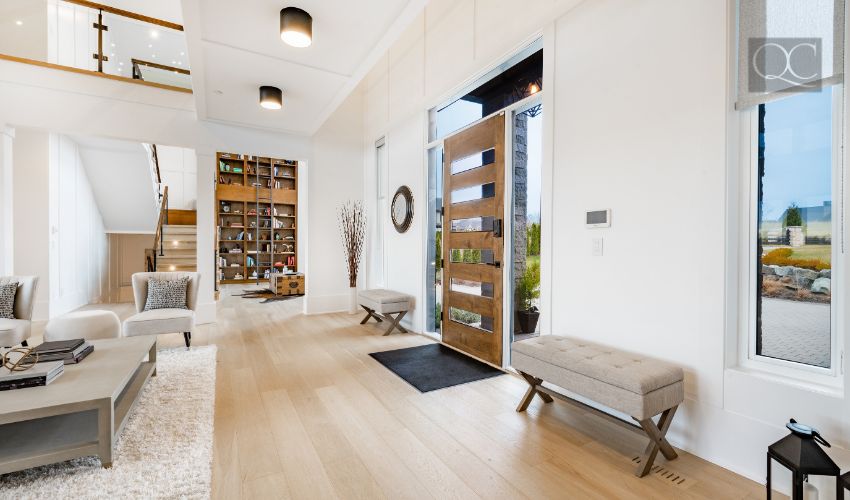
Is Becoming an Interior Decorator Worth It?
Ultimately, this is entirely up to YOU. Interior decorating will be your dream career if you’re passionate about design, love making a space look and feel its best, enjoy interacting with others, and thrive on getting creative.
Of course, there are additional perks to this career field, too. For example, if you choose to start your own interior decorating business, you’ll have the freedom and flexibility of being your own boss. Plus, if you’re willing to hustle and put in the effort and patience required to be successful, you can make a killer income!
If all of this sounds like the kind of job you’ve always wanted, then guess what? You’re destined to become an interior decorator… and you’ll likely have a long, fruitful career in the design industry!



